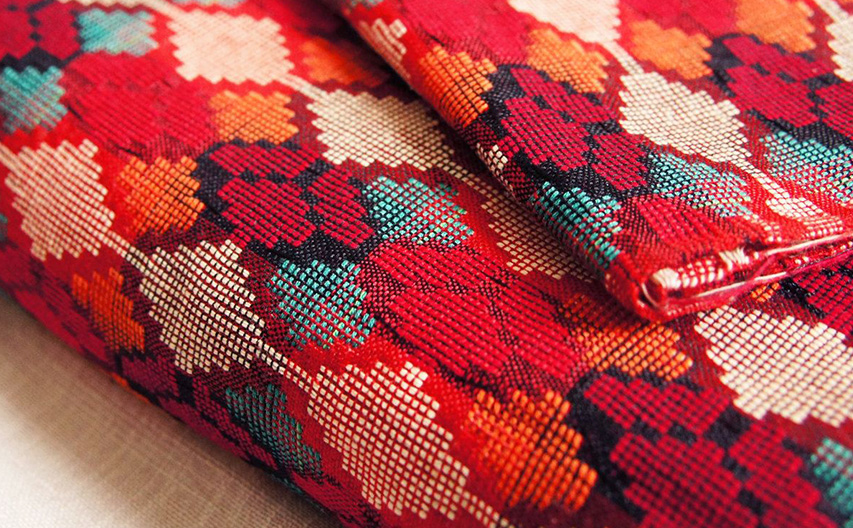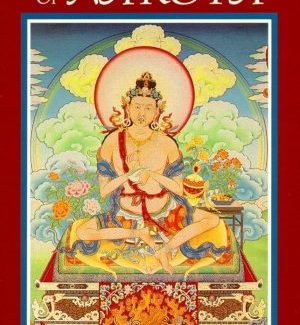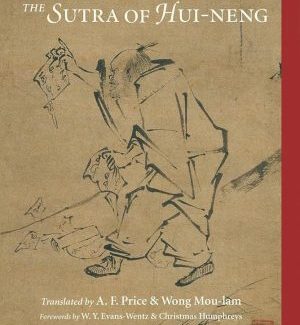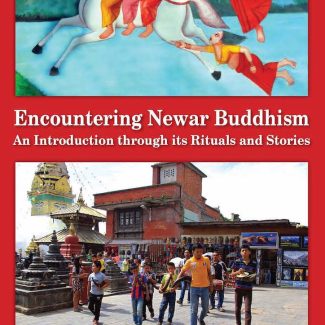Dhaka, a mesmerizing handwoven fabric that finds its origins in the heart of Nepal, is a tapestry of limitless colors and patterns. This exquisite textile traces its lineage back to the time-honored art of manual weaving, meticulously practiced on wooden looms nestled in the serene landscapes of Palpa and Eastern Nepal. The intricate craftsmanship behind Dhaka weaving has been nurtured as a cherished heritage, lovingly passed down through generations.
The Evolution of Dhaka: A Tale of Legacy and Resilience
Believed to have been introduced to Nepal by the early Rana rulers, Dhaka’s historical journey is rich with intriguing narratives. While its origins are shrouded in diverse accounts, one story recounts that during the turmoil of the Muslim invasions in Eastern India, skilled artisans sought refuge in Nepal, diligently continuing their trade of Dhaka weaving. Their prowess flourished, leaving an enduring imprint that transcends time.
From Cloth to Culture: Dhaka’s Enduring Influence
As time unfurled its tapestry, Dhaka became woven into the very fabric of Nepalese culture. Dhaka caps or “topis” seamlessly integrated into the tapestry of our national identity. Beyond their fashion statement, they played a pivotal role in various societal facets, particularly in religious rites spanning from birth to death. For instance, the Chhettri community dons the Dhaka daura surwal attire during weddings, while Newars require it for somber funeral rituals. Notably, during the early 1900s, Dhaka garments like the chaubandi cholo (blouse), khasto (shawl), and daura surwal (men’s national attire) adorned the Nepali fashion scene, reflecting a tapestry of elegance and tradition.
Intricately woven with stories of resilience and cultural significance, Dhaka stands as a testament to the enduring artistry that connects Nepal’s past with its vibrant present.






